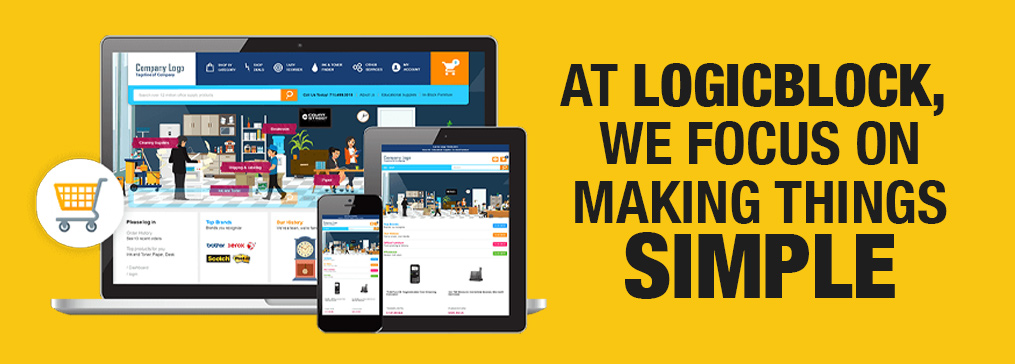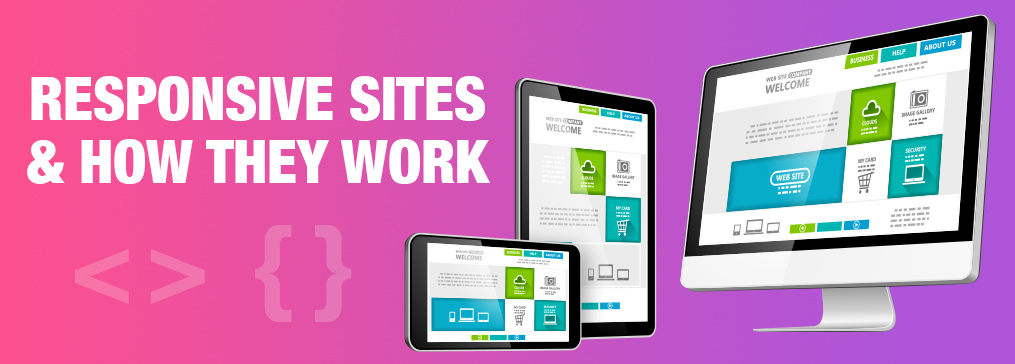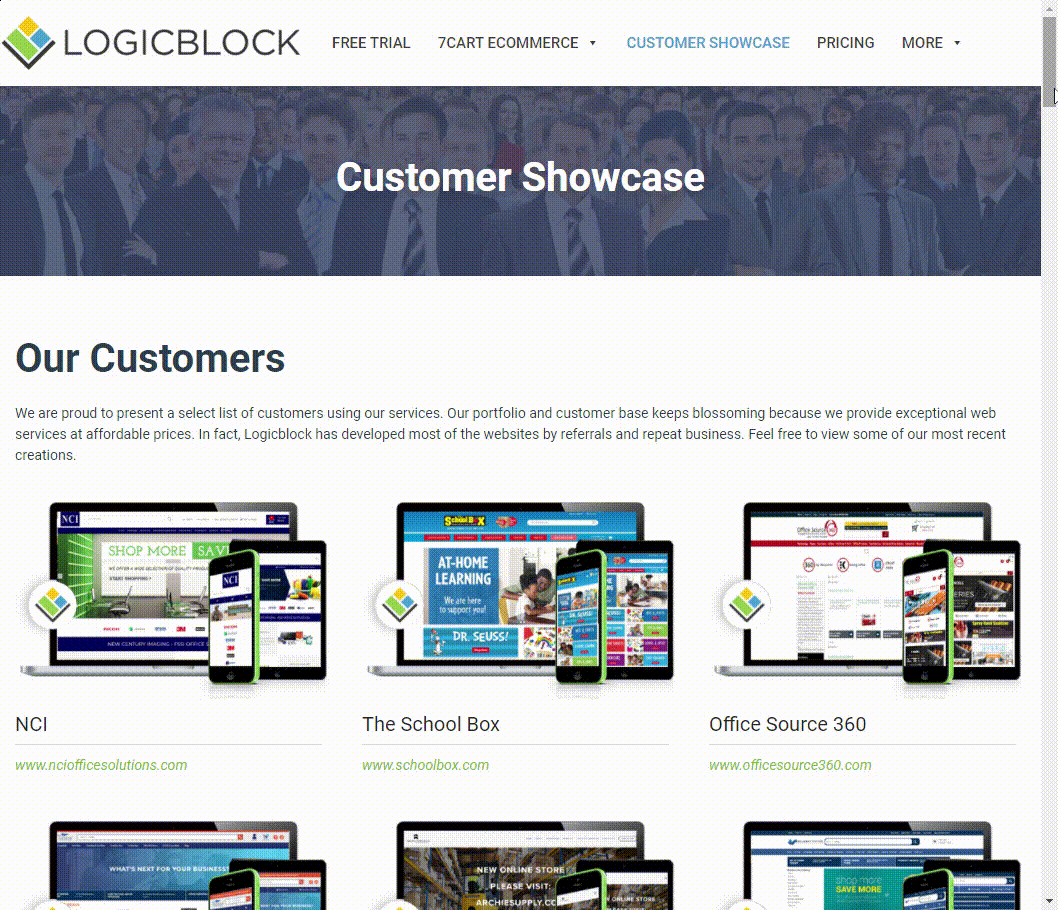At Logicblock, We Focus on Making Things Simple

Running a successful ecommerce site can be a difficult and daunting task. Managing customer relationships is just as important as maintaining accurate inventory, and splitting your energies between customers and paperwork is a recipe for failure. That’s why at Logicblock we strive to keep things simple. By creating all your sales orders in one system, […]
Responsive Websites & How They Work

You’ve spent a lot of time and money on your website. You’ve fussed over the layout, stressed over colors, even spent days experimenting with different fonts. The user interface is smooth, your store is easily searched, and you are finally open for business! There’s just one problem. When you visit the ecommerce site on your […]

